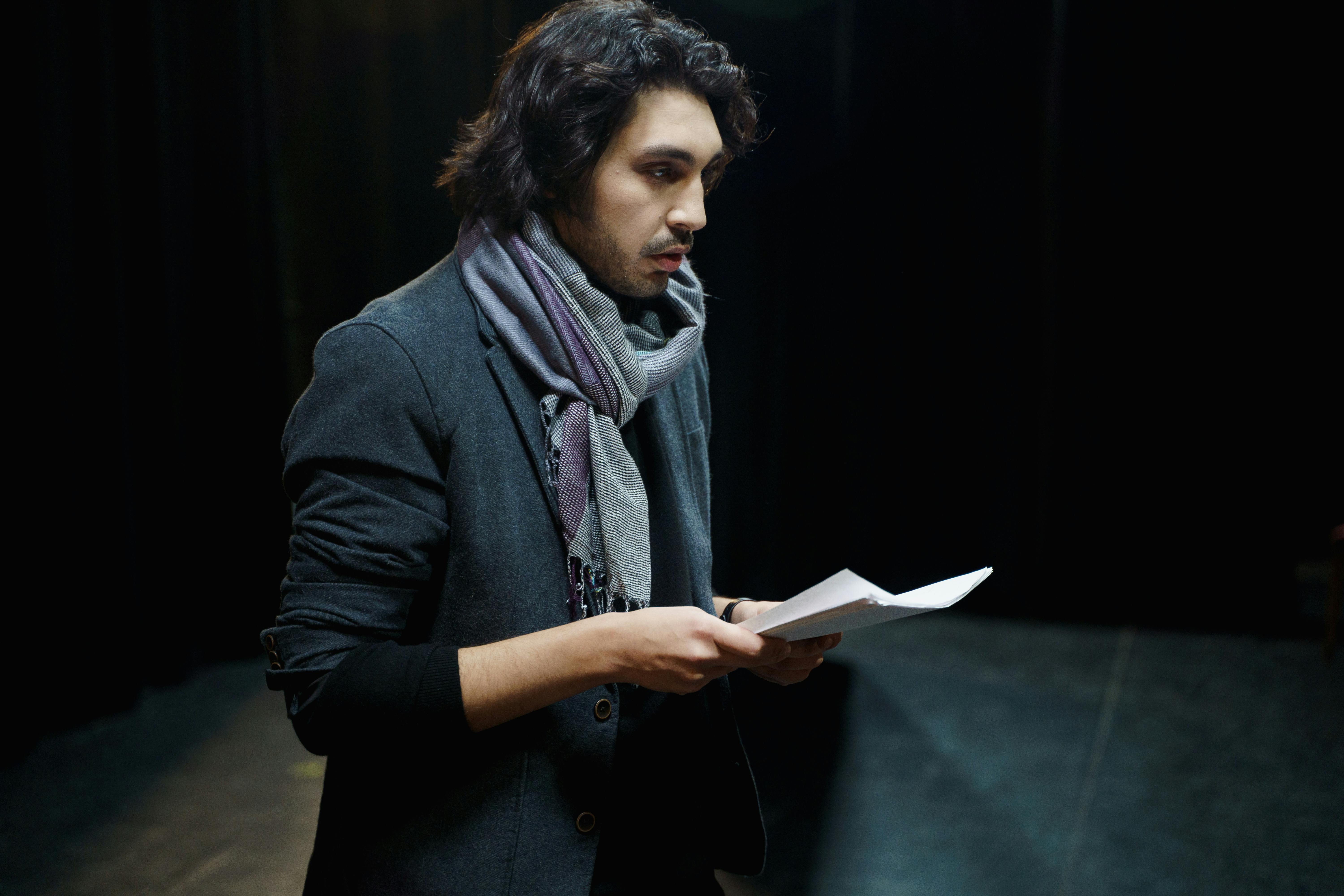Not many people think of working with horses as a way to help themselves; but in fact that is exactly what can happen. When you work to train a horse, you are working with the mind, and once you have the mind, the rest of the body follows. As you teach the horse about the world of man (as you know it), you use your own natural mental abilities. In turn, the horse will put you back in contact with nature, while allowing you to find balance within yourself and be the best you can be. The better you are, the better the horse will be.
It’s about changing the way you think. Your job is to help your horse learn about the “world of man.” To do that, you first need to understand how to enter their world. One successful way is to change the attitude from “Do what I tell you to do” to “How can I help you?” When people learn to become alpha in a herd of two (the herd is made up of the horse and the person), this “How can I help you?” the mindset is at work. The lifestyle of a horse is different in its natural environment as opposed to the environment we take it to. For example, in the herd, there is a certain hierarchical order in which you have several masters. When we bring him into our world, we must teach him about the world he’s entering and become “the alpha” of the pack of two.
In the round pen you simulate life. To establish itself as the “alpha”, the initial work is based on four tasks: movement, direction, rhythm and track. When working with a horse, you use your body to apply pressure, in the same way that you use your legs and kidneys when riding. In the round pen, your body represents your kidneys and the pressure you exert represents your legs. In other words, pressure means something, but the horse tells you how much pressure to apply. In this situation, you practice giving up control, thus taking control and setting an example for the horse. This is one way you can practice your riding, as well as your timing, your feel, and many other things, all without actually riding a horse. It can be the beginning of a step-by-step process to gain your trust so that you can build a solid foundation. After the initial work, a systematic approach is used to test the body, first along one side, front to back, then moving to the other side, because for every horse, there are two horses, the left and the right. “We do this to test the body to find if we get a negative response or one of the three ‘F’s (freeze, run, or fight) due to a lack of understanding. Depending on the horse’s reaction, we can tell if there are problems. in that part of the body, mentally transforming “mistakes” or negatives into positives because we know what areas need to be worked on. Finally, after the groundwork, when you add the saddle, bridle, and rider, you have a harmonious relationship and a partner. be ready to work with you. If the initial experience is positive, a solid foundation will be laid and a remarkable partnership will develop. During this process something twofold is happening. You think you are there to teach horses, but in the end, you are teaching about you.
Many times we teach horses to depend on us by telling them where to go and what to do; We always have something tied up, be it a halter and a lead line or a bridle and the reins. We remove these artificial attachments and, through the use of pressure, one of his natural forms of communication, we ask him what he would like, allowing the horse to make decisions for himself and learn about the consequences if he makes the wrong decisions. This gives you the opportunity to simulate life in our world and let you know what can happen to you when you make that mental decision. Not having attachments can be an asset that can help you strengthen your “brain power.” While increasing your mental abilities, you increase your confidence in your horse and at the same time develop your own empowerment. This also allows the horse to trust his natural instincts and gives him the opportunity to practice life skills such as listening, timing, feeling, patience, and many more. While in the round pen, one of the tools is a 35 ‘lasso, which can be used as an extension of your arm. This makes it possible to “reach out and touch the horse” without having to act like a predator, while preserving its safety. Using the rope also teaches you to “give up control”; in other words, you must “listen” to the string to wind it. This is like listening to the horse; after all, the horse teaches us to teach him. Using the rope allows you to practice this way of thinking. The first step is to change your mindset. If your attitude is really “How can I help you?” your focus will be on “listening” to what the horse tells you to do to achieve your image. This takes the pressure off you and allows you to be “in the zone.” You have an image and the horse tells you what to do to create the image. The more you improve your knowledge of the horse, the easier your task will be. This type of work can help a coach who is already working with a rider to improve in a particular discipline. it can benefit horses and riders in all disciplines.
When doing this work, there are five rules. Rule # 1: There are no rules. Rule No. # 2: your safety. Rule # 3: Horse safety. Rule # 4: Conservation. Rule No. 5 – See Rule # 5 ° 1. By following these rules, participants often see that the situations that occur in the round pen often parallel or “mirror” situations that occur in their lives. By working to help the horse, you can also work to change the negative habits it has acquired and work towards self-improvement. In fact, although this job is used for horse owners and trainers, it can be used to improve the relationship skills of couples or families. For example, by working with the horse, children can learn rearing skills by setting limits for their horse. For a running professional, as you learn to commit to helping the horse stay on track in the round pen, you can imagine the parallels with committing to stay on track in your career. Round pen work can even be used in addition to traditional therapy methods. A local therapist has seen positive results with his clients. “(This work) brought the patterns and feelings of each individual to the surface as they tried to get the horse to complete the task assigned to them or the task they assigned themselves. In each case, the horse became the mirror of where they were, where they were stuck, or what they were feeling. As a therapist, it is important to me that the client discover their own “monsters.” The problems became apparent to the client who is working with the horse in the round corral and , in this case, to the family members who are observing the process. ” Work can also benefit business / corporate and school groups with an emphasis on self-esteem and teamwork. Urica Pope, program coordinator for the Department of Creative Services at ETV South Carolina, worked in 2004 with Anderson and groups of girls participating in a gender equity program. “There is a valuable lesson to be learned from this,” Pope said. “We chose this program because it is about leadership. We want the girls to work together and with the horse as a team building program.” For Bobbi Kennedy, vice president of continuing education at SC ETV, the goal is to teach young women that they can “tackle a complex subject and master it.” Kennedy said that the girls not only learn by themselves, they learn to work as a team, a concept that is a constant theme on the show. In workshops with Anderson using two horses, the girls also covered topics such as anger management, self-confidence, and how to say “no.”
The great thing about this job is that it allows you to be the best that you can be. If you come to the round pen and do something that you are afraid to do, and do it well, you will build your self-esteem. With horses as representatives of nature, by working with them, people are getting back in contact with the environment through the horse, thus finding balance in both worlds, the “world of man” and the “world of nature”. Give a man a fish, feed him for the day; Teach a man to fish, feed him for a lifetime: but you have to let him reach the pond. If we stay on the path we are on, it is very possible that there will be no fish left in the pond. Horses are helping humans find balance in their lives, thus proving that once again, as they did in the past, horses can play a vital role in our society.
Copyright (c) Nature’s View, Inc. 2009 All rights reserved worldwide



